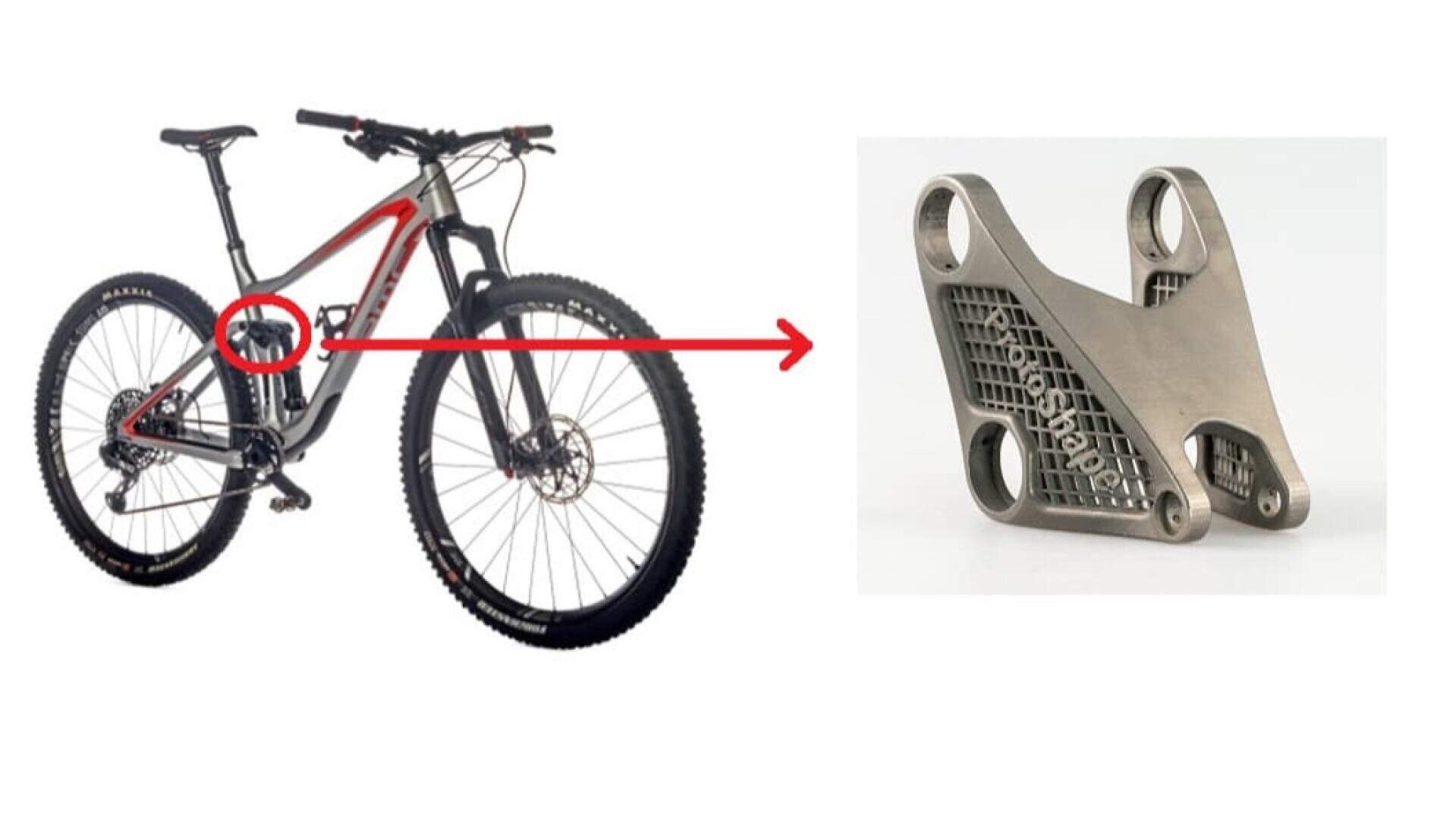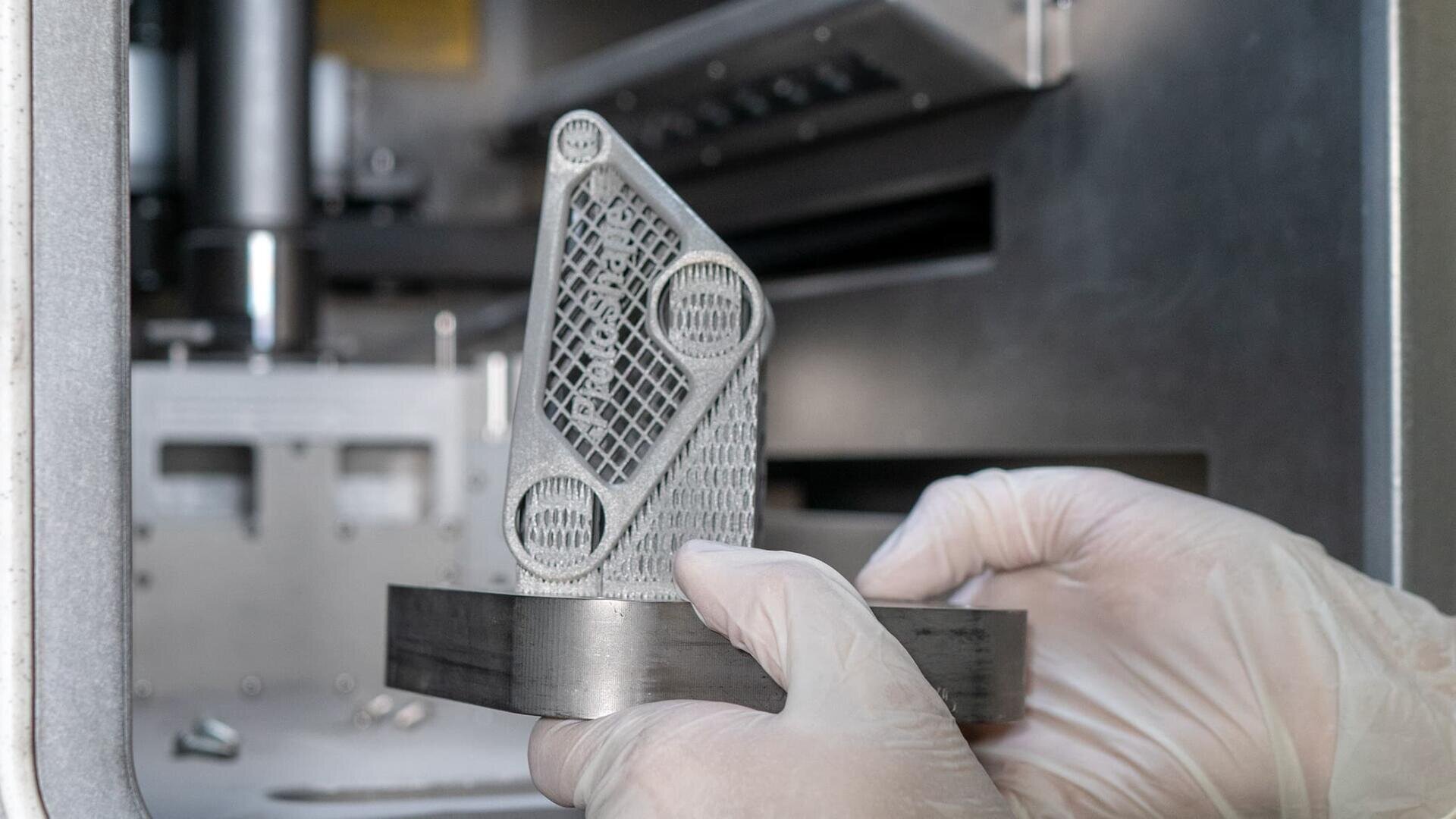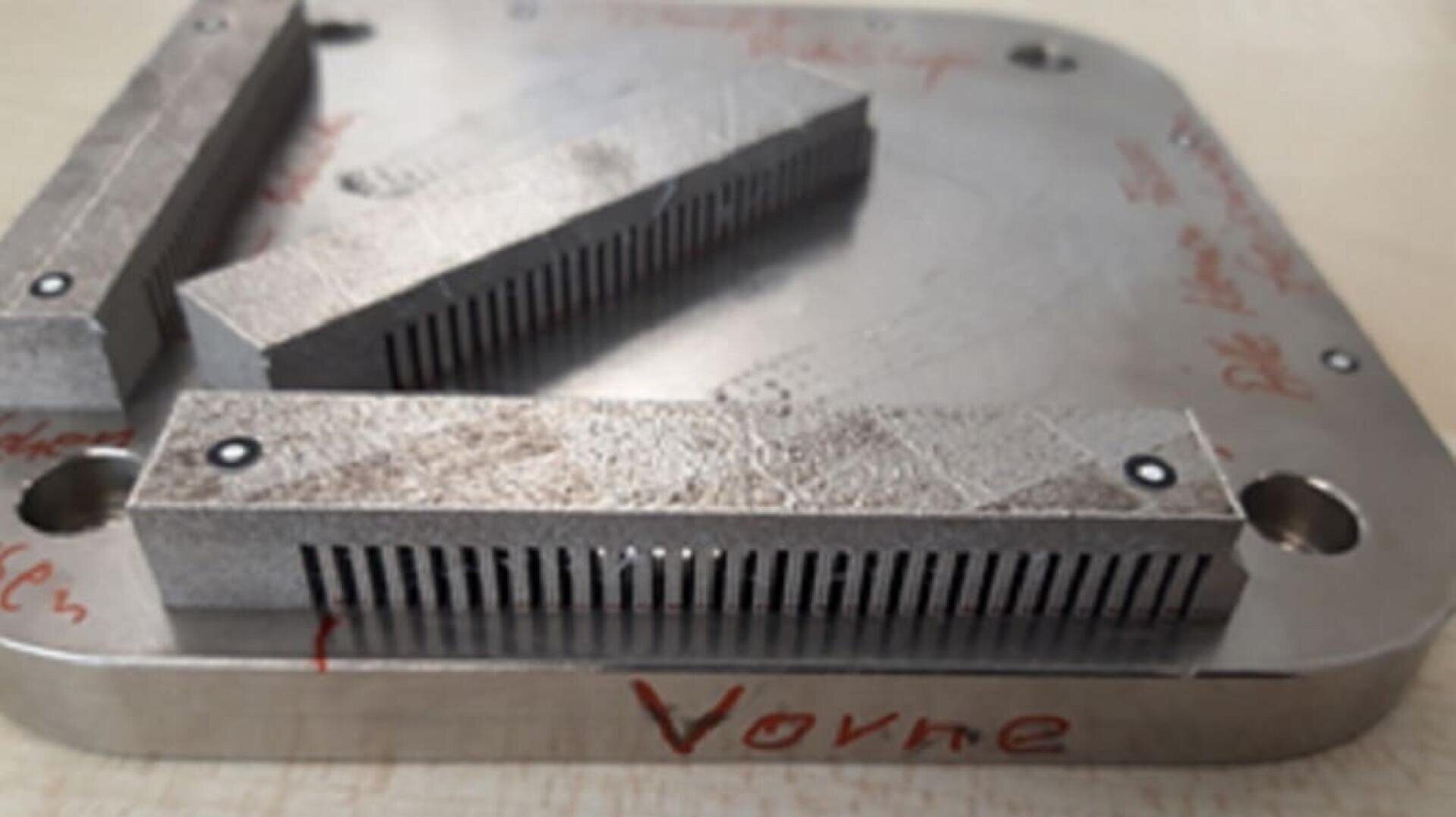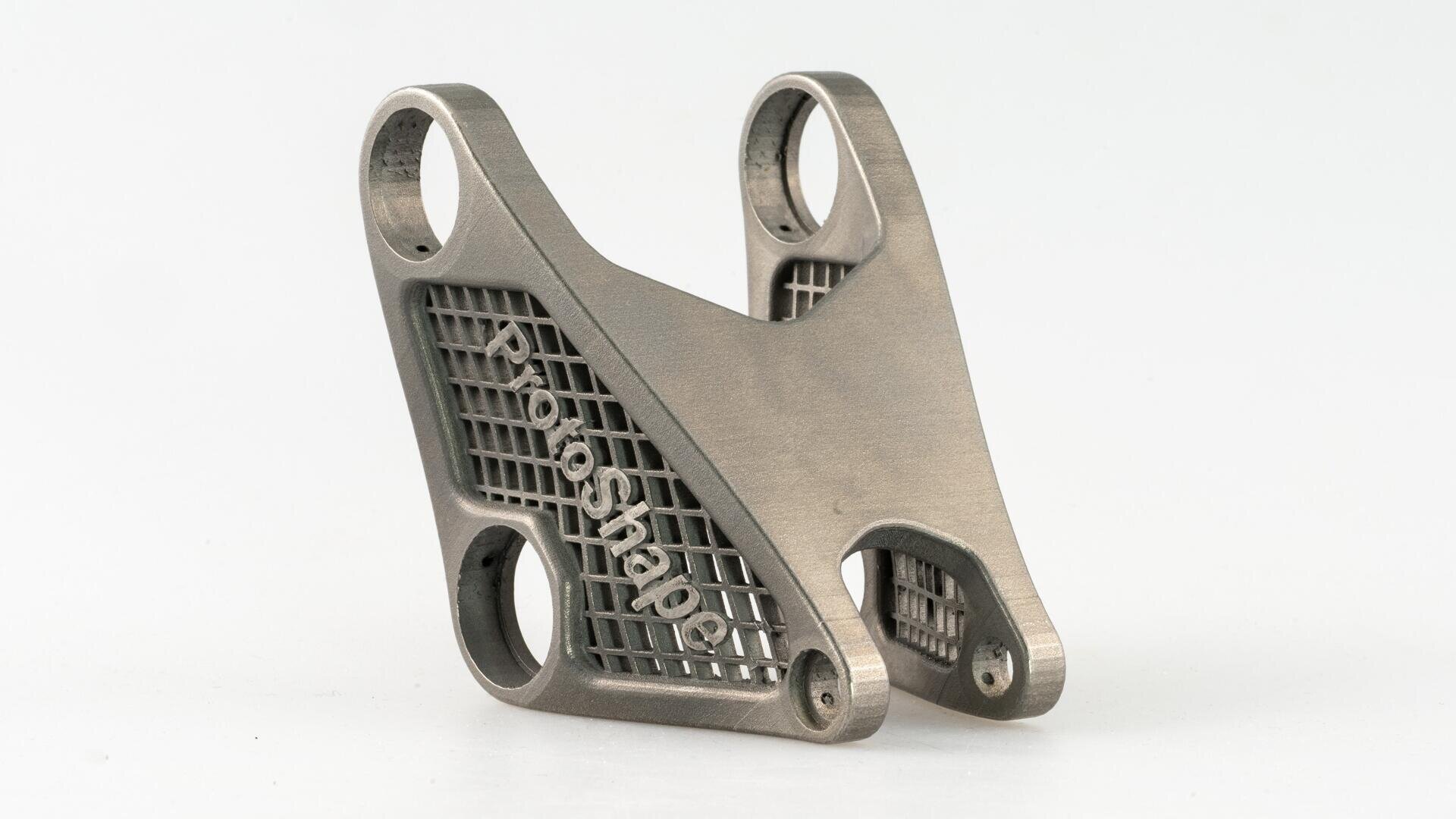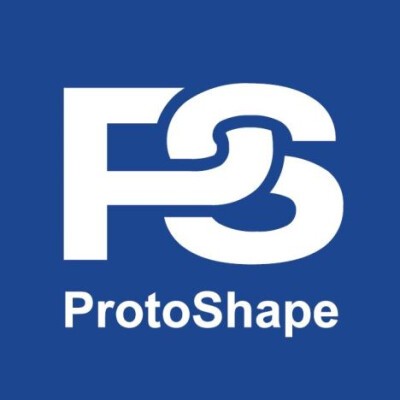Mountain bike part: Lightweight design & fatigue strength
Additive manufacturing offers completely new possibilities in the design of parts. Thanks to hollow structures, material can be saved. But can the part endure permanent stress? Yes! ProtoShape proves this with a mountain bike part made of titanium.
Confidence in the material
You pedal hard and get closer to the summit. The view from above compensates you for the sweat and effort of the first part of your bike tour. You are fit but still happy to save every gram you don't have to bring up the mountain. Now you are looking forward to the fast ride back to the valley. Suddenly weight is no longer all that counts. You trust that all parts of your bike will resist the stresses and strains. On this and every further ride downwards.
Additive manufactured parts must also endure long-term use. Applications in the aerospace industry are otherwise not possible. ProtoShape has revised a mountain bike part as a demonstrator for lightweight construction and fatigue strength.
Lightweight Construction
Thanks to hollow structures with a wall thickness of 0.6 mm, a lot of material could be saved. The result: the additive titanium part is almost fifty percent lighter than the original aluminum cast part.
Re-engineering
The redesigned part was created in four steps. First, the existing part was 3D scanned and then redesigned in CAD and individualized with a lettering. Optimum orientation was chosen for production in order to prevent internal stresses. The final heat treatment improves the microstructure and therefore the durable strength.
Research Project
How does ProtoShape know that the manufactured parts will meet expectations in the long run? We are working with CSEM on a research project to achieve this. Two years ago, everything began with the analysis of eighteen different titanium powders. Next, the density and microstructure were analyzed. In order to optimize fatigue strength, the project mainly focused on the final process step, heat treatment. Which pressure and which temperature are necessary or optimal for the part to resist permanent stress?
Thanks to the results, additive titanium parts can be used in aerospace applications.
